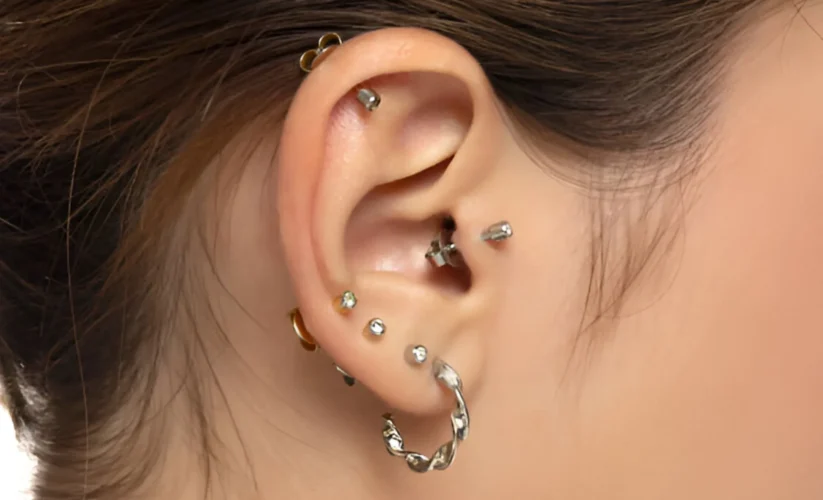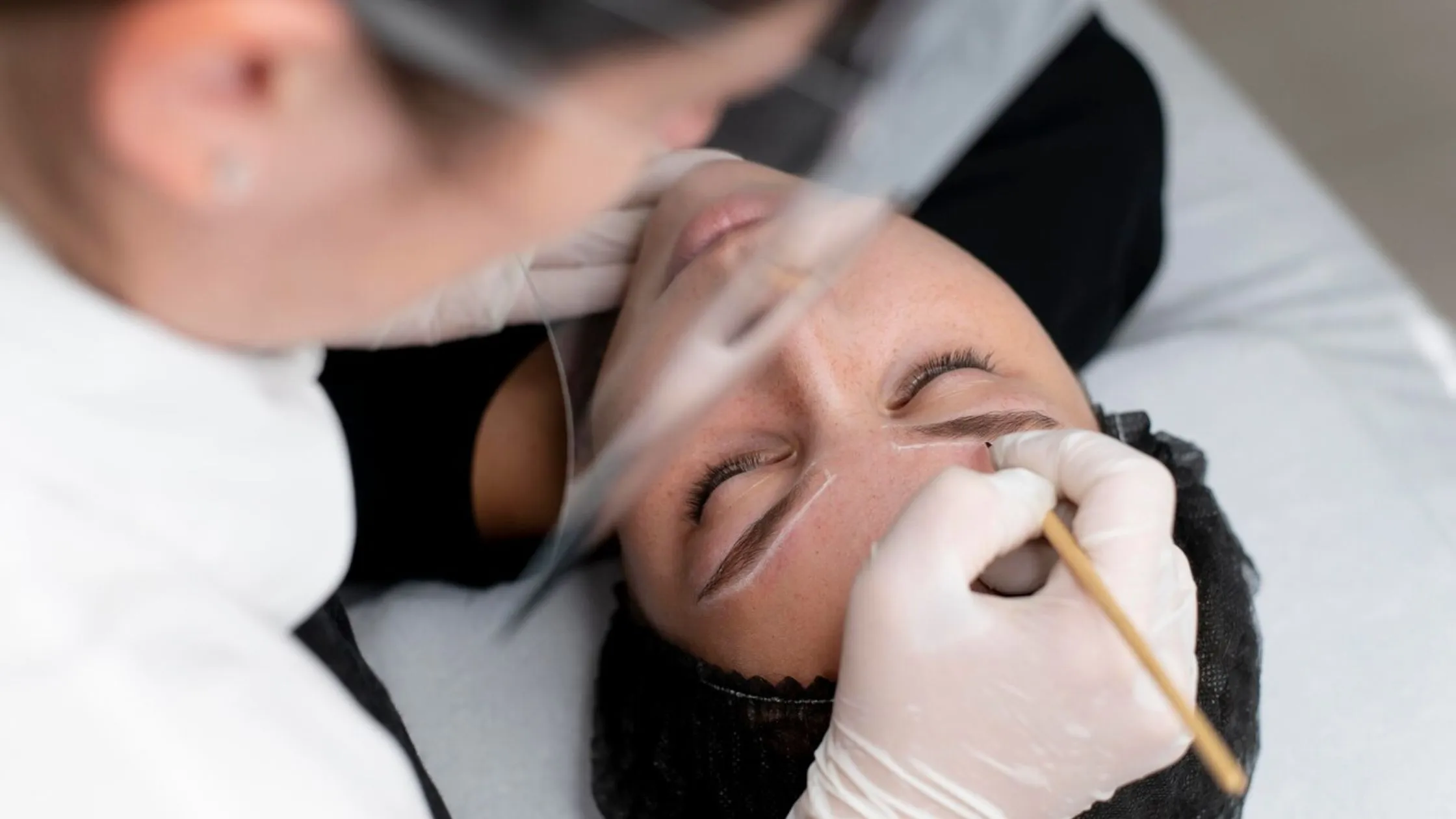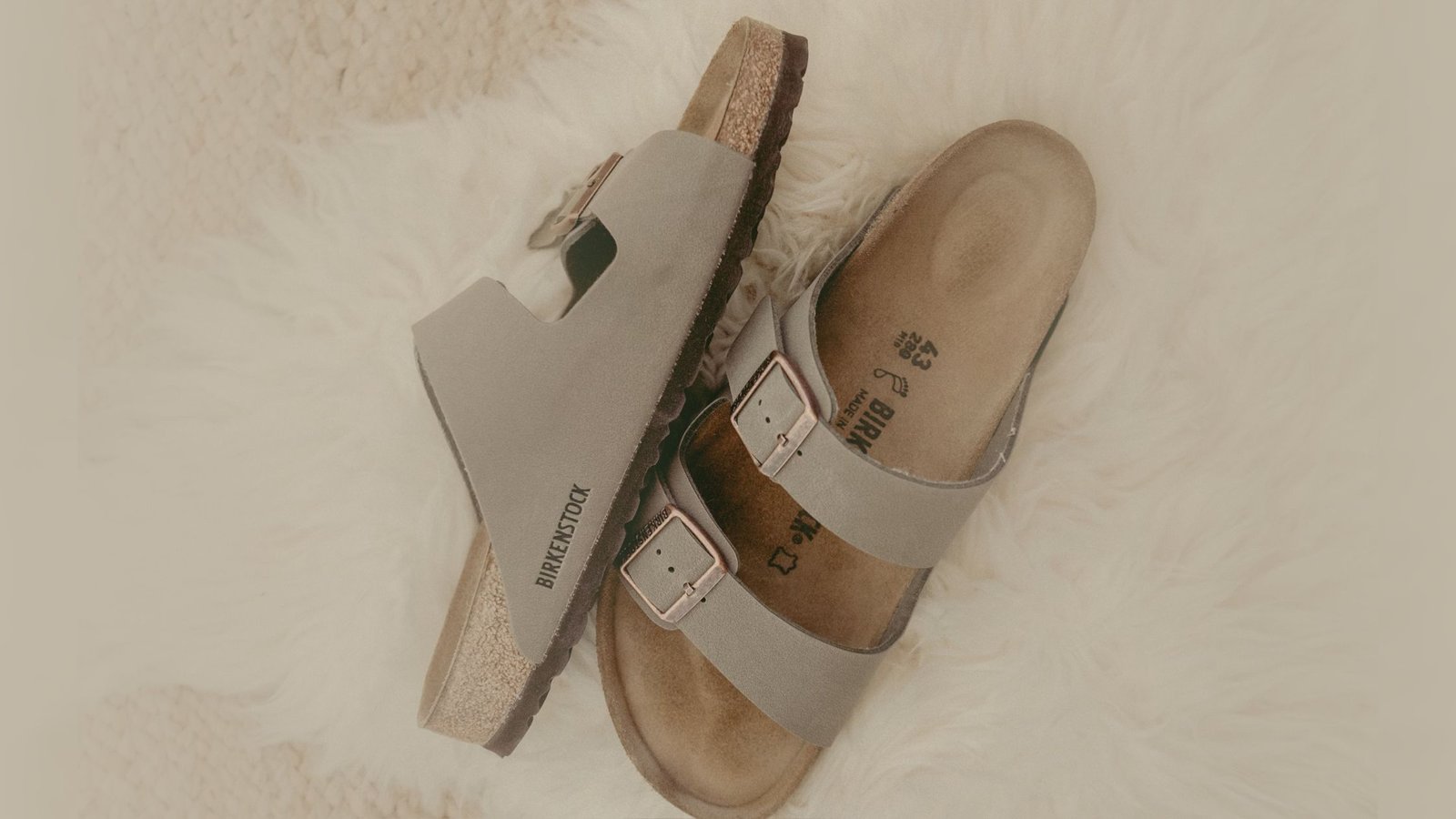
How Do You Take Care of a Rook Piercing?
How do you take care of a rook piercing? Once you have your rook piercing, taking care of it afterwards is very important to prevent infection and help with healing. Twice a day, softly clean the piercing using a clean saline solution or make your own sea salt soak.
Before touching the area, wash hands well and do not use rough soaps, alcohol or hydrogen peroxide.
Do less touching of the piercing, don’t play with it and see if you can sleep on the other side. Stay away from swimming pools, hot tubs and heavy activity for some weeks.
Understanding Rook Piercing Aftercare
When we ask “How do you take care of a rook piercing?” we have to understand the rock piercing first. The first unease usually disappears within a week or so. Completing healing might need between 3 and 10 months.
During this duration, ongoing care is very important. Another comparison could be to the care of a fragile flower. Just as you clean it softly, keep away irritation and maintain regularity in routine; doing these things will make certain your rook piercing becomes a robust and content part of your appearance.
Cleaning Your Rook Piercing
The first major step of “How do you take care of a rook piercing?” is cleaning. It is noted that one has to clean the piercing twice a day when aiming to have a healthy rook. It is recommended to use either sterile saline solution or create the sea salt solution at home.
To create the sea salt soak, combine 1/4 teaspoon of non-iodized sea salt with 1 cup of warm distilled water. Before starting the ritual, make sure to wash your hands properly.
Soak clean gauze or paper towels in the solution you have selected and use them to gently clean the piercing and its nearby area. Be kind, avoid rough soaps, alcohol and hydrogen peroxide as they may cause your fresh piercing to become irritated. Use clean gauze or paper towels and mark cleanliness with a healthy rook.
Minimizing Contact and Manipulation
The second step of “How do you take care of a rook piercing?” is not touching it. Although the desire to fiddle with your newly acquired rook piercing may be strong, it is best to avoid it. Frequent contact can interfere with the healing process and introduce bacteria.
Imagine that your piercing is like a delicate sprout; too much handling could hamper its growth. Clean your hands totally before you touch it, even if it is not clean yet or you accidentally brush against it.
After that in “How do you take care of a rook piercing?” just rub with soap for 20 seconds at least, clean all parts including fingertips and under nails, rinse well and dry completely. After washing, do not play with the piercing or turn its jewelry.
Sleeping Habits and Your Rook Piercing
Another aspect of our sleeping habit falls into the healing process of the rook piercing; thus, when asking “How do you take care of a rook piercing?” It is also necessary to look at sleeping habits. There is advice not to squeeze the piercing since it will only cause more inflammation to the area.
Therefore, sleeping on the other side is appropriate during the time of healing. Still, what do you do if you are a side sleeper that cannot sleep on your back?
A travel pillow for your head that has a hole in the center may make a great little bed for where you have your rook piercing.
Beware the Dangers of Water
Following that in “How do you take care of a rook piercing?” Remember, don’t go swimming. While it may be tempting to take a cool swim, people with rook piercings should not swim in swimming pools, hot tubs, or even lakes/ oceans for some weeks after getting the piercing. These waters that look clear to swim in actually harbor unseen bacteria.
Chlorine in swimming pools and natural bacteria in lakes or oceans may cause irritation to your fresh piercing; likely to increase your risk of getting an infection.
Signs of Infection
Let’s assume you do know “How do you take care of a rook piercing?” But knowing when to see a doctor is also important.
Redness: The zone encircling the piercing may show more redness than usual, particularly if the redness broadens or intensifies gradually.
Swelling: A little bit of swelling is expected following a piercing, however if the swelling becomes too much and lasts more than a few days it could mean there’s an infection present.
Pus: When a piercing is healthy, it does not create pus. If you see any discharge that appears yellowish, greenish or whitish coming from your piercing, this might be an indicator of infection.
Pain that lasts a long time: or when you touch it: When you get a new piercing, it will be painful to touch but the pain should decrease slowly. If the pain becomes worse or remains for more than a few days, this might indicate infection.
Fever: A fever, combined with any of the symptoms mentioned above, is a clear sign of infection.
If by chance you have any questions “How do you take care of a rook piercing?” then don’t worry because you can always re-read the section. By following the listed above aftercare instructions, one will be on course to enjoying a happy and healthy rook piercing. Enjoy your new piercing freely and let people notice that you have a new piercing.





